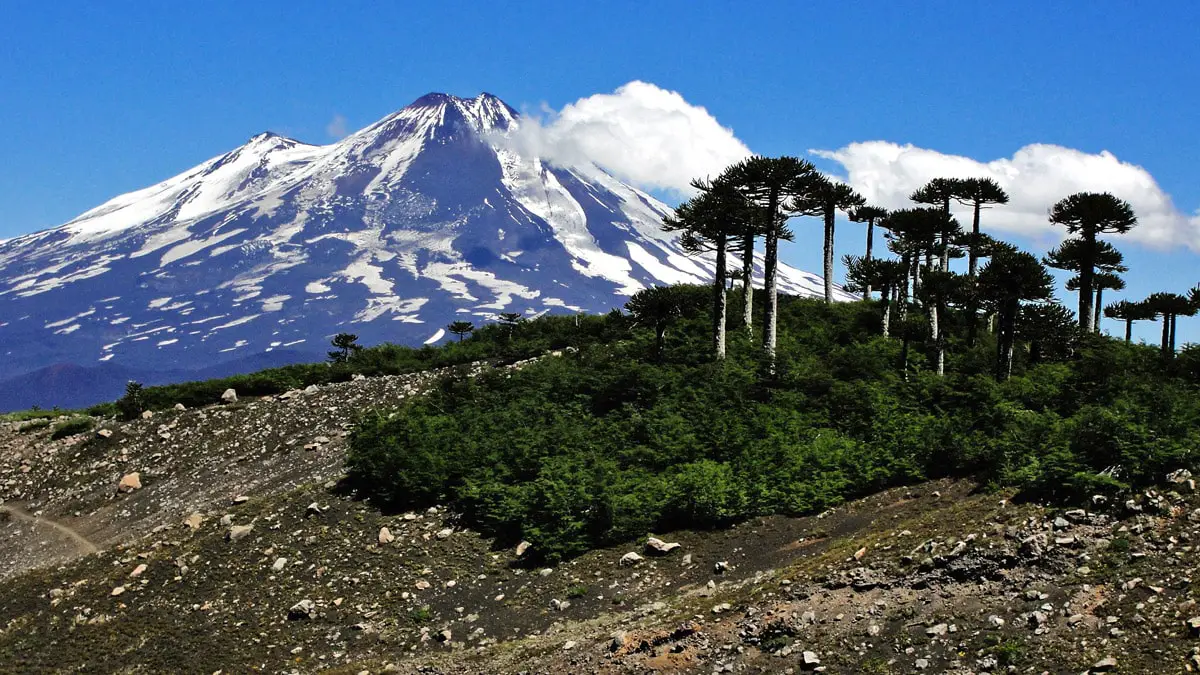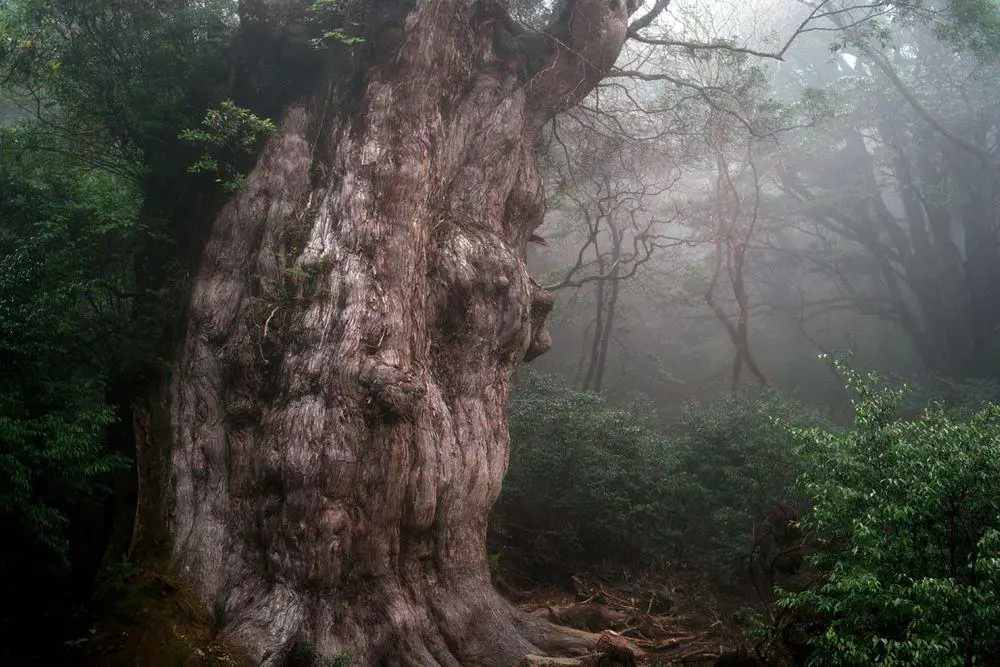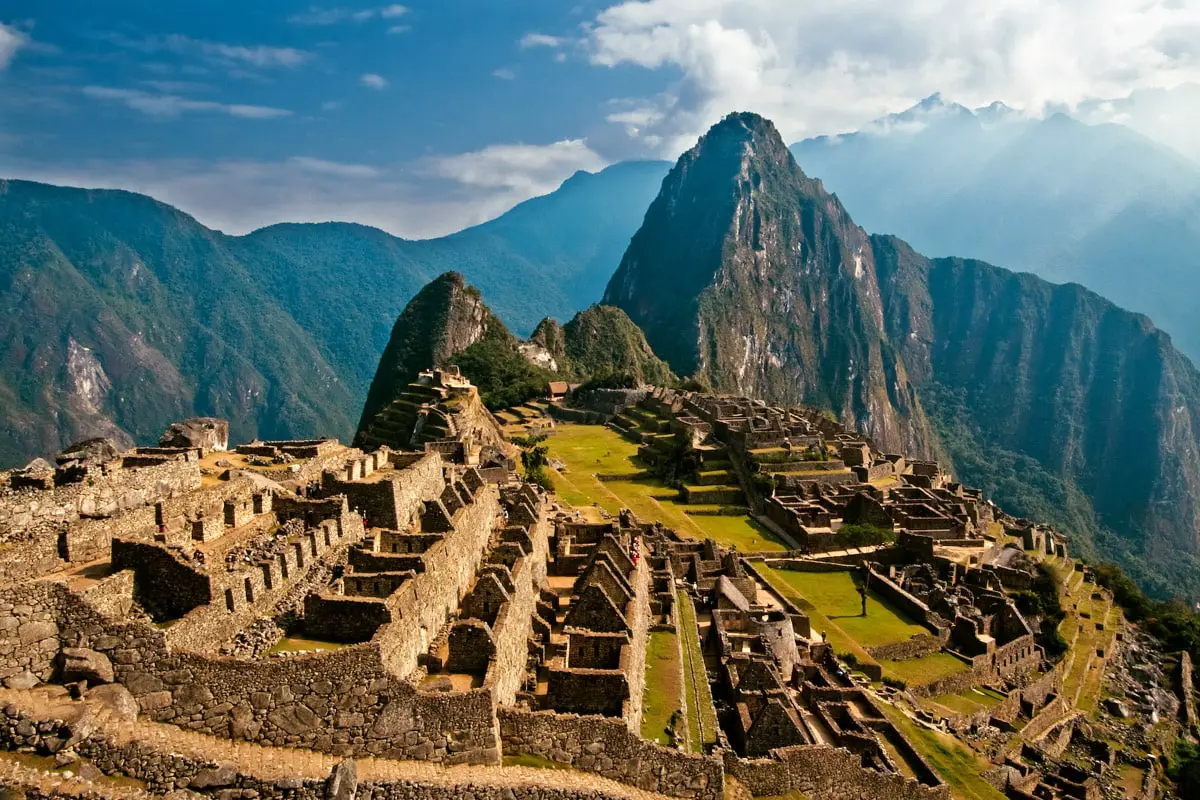Wonder
Alerce Milenario in Monumento Alerce Costero
 In short
In short
The largest tree in the magnificent Valdivian temperate rain forest is alerce (Fitzroya cupressoides). There are stories about alerce trees with a girth of 22 m and even 39.6 m, but currently the largest known is Alerce Milenario in Monumento Alerce Costero in Los Ríos, Chile.
 40.8%
40.8%
GPS coordinates
Location, address
Species
Height
Diameter
Trunk circumference
Age
Map of the site
If you see this after your page is loaded completely, leafletJS files are missing.
 In detail
In detail
The giant of Valdivian rain forests
Alerce (Fitzroya cupressoides) is the only species in this genus of conifers. This is an increasingly rare tree that grows only in southern Argentina and Chile. The Latin name of the tree has been given by none else than Charles Darwin – he named the tree after the captain of "Beagle" – Robert Fitzroy.
The wood of alerce is excellent for many uses. As it became increasingly rare, logging was prohibited in 1976 but has continued illegally since then. Only some 15% of the original stands of alerce remain.
There are several larger alerce woods, but many smaller stands of alerce are located in countless isolated valleys of Patagonian Andes.
Age
According to an article in journal "Science" (Lara, Antonio, and Villalba, Ricardo. A 3620-Year Temperature Record from Fitzroya cupressoides Tree Rings in Southern South America, Science 21 May 1993, Vol. 260 no. 5111 pp. 1104-1106.), in Southern Chile, has been made a tree ring analysis of alerce – and this tree was at least 3622 years old! Thus alerce is the second oldest known tree species in the world after the Great Basin bristlecone pine (Pinus longaeva) in the United States. Alerce trees with a measured age of around 2000 years are met rather frequently.
Size
Alerce is the largest known tree in South America and possibly – one of the largest trees in the world. It grows more than 60 m tall (some sources give as much as 80 m) and trunk circumference reaches 11.4 m.
Charles Darwin reportedly has written about an alerce which had a girth of 130 feet girth (39.6 m)! This almost sounds like an exaggeration – captain Robert Fitzroy wrote instead that the largest alerce trees reached 40 feet (12.2 m) in girth – measured five feet from the ground. As both Darwin and Fitzroy were members of the same expedition, it sounds dubious that Fitzroy did not hear from Darwin about the existence of such a tree giant. Maybe somebody has garbled the circumference and diameter?
Nowadays in several areas of Patagonian Andes are reported (but not officially confirmed yet) giant alerce trees with trunk circumference reaching up to 22 – 24 m girth ((1) in Cochamó Valley, Los Lagos Region, Chile). Another location to look for champion trees is located to the south of Lake Menendez in Chubut, Argentina, where magnificent, little-visited groves are located.
If alerce trees really would have confirmed trunk circumference above 20 m – this species would be one of the largest in the world by trunk volume – maybe even the third-largest after giant sequoia (Sequoiadendron giganteum) and coast redwood (Sequoia sempervirens).
Current champion
The largest known alerce is Alerce Milenario in Monumento Alerce Costero. This tree has a circumference of 11.4 m, it is more than 60 m high, the age of this tree is believed to be 3,260 years. Alerce Milenario ("thousand years old alerce") is located in a protected forest – Monumento Natural Alerce Costero, established in 1987. Now this forest (area – 2,308 ha) forms a part of a large, new and very beautiful national park – Parque Nacional Alerce Costero.
There have been developed several tourist trails in this beautiful old-growth forest, but especially impressive is the "Alerce Milenario" trail which allows seeing many giant trees, including the amazing Alerce Milenario.
References
- The Explorers Club Flag No 24 Alerce Field Study, Chile. Global Exploration & Oceanographic Society.
 Linked articles
Linked articles

Wonders of Chile
The natural and man-made heritage of Chile is very diverse, also thanks due to the extreme length of the country extending from the driest deserts in the north to the most southern historical inhabited lands of the world in Patagonia. Highlights of Chile are magnificent views of Patagonian Andes and fjords, the volcanic landscape of Northern and Central Chile, and the driest desert of the world – the Atacama.

Trees
The category includes some of the most impressive and interesting separate trees in the world. The total number of tree species in the world still is a wild guess – maybe 10,000 and maybe 100,000 but most likely somewhere in between. Every month there are reported new tree species from the whole world, including Western Europe.

Wonders of South America
There is little doubt – South America is one of the most spectacular… maybe the most spectacular continent of the world.
There is located the second-highest mountain chain in the world, the largest rainforest, the tallest volcanoes, and the tallest and largest waterfalls. The highest biological diversity in the world is reached somewhere near the eastern ranges of the Andes in Ecuador, Peru, or Colombia.
 Recommended books
Recommended books
Enduring Patagonia
Patagonia is a strange and terrifying place, a vast tract of land shared by Argentina and Chile where the violent weather spawned over the southern Pacific charges through the Andes with gale-force winds, roaring clouds, and stinging snow. Squarely athwart the latitudes known to sailors as the roaring forties and furious fifties, Patagonia is a land trapped between angry torrents of sea and sky, a place that has fascinated explorers and writers for centuries.
Walking Patagonia
Like a conquistador drawn to gold, glory, and God, Caspian Ray has always felt a magnetic pull toward Latin America. He visits anytime he has the chance.
Of all the places that have captured his heart, Patagonia–a sparsely populated area shared by Argentina and Chile–has been the site of his defining adventure.


